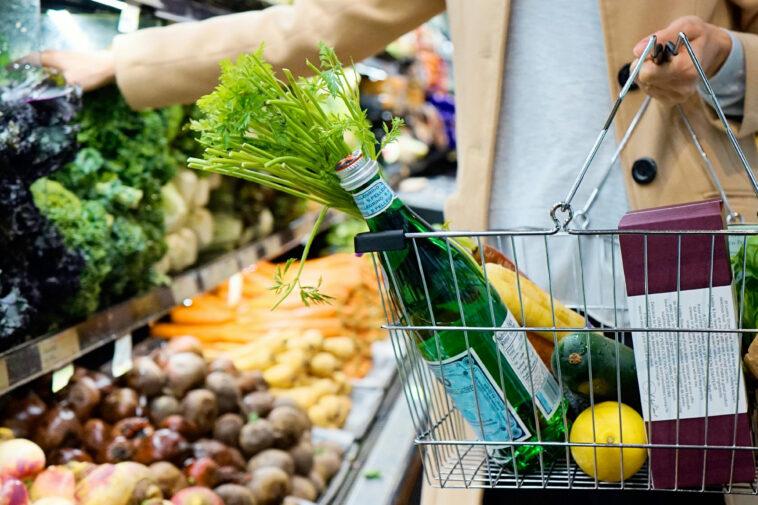Grocery prices have surged in recent years, with costs rising more than 25% since 2019, making it increasingly difficult for Americans to afford essential food items. To provide insight into where groceries take up the largest share of household income, the personal finance website WalletHub recently released its report on the states where people spend the most and least on groceries.
How Florida Compares in Grocery Spending
WalletHub analyzed the prices of 26 common grocery items across all 50 states and compared total costs to median household incomes. Florida ranked 16th in grocery spending, with the average cost of groceries totaling $120.31 per trip. This amounts to 2.13% of the median monthly household income.
While Florida’s overall grocery costs are near the national average, specific food items show significant price disparities:
- Ground Beef – 19th most expensive
- Eggs – 48th most expensive (relatively cheap)
- Potatoes – 11th most expensive
- Bananas – 50th most expensive (cheapest in the U.S.)
- Sugar – 3rd most expensive
- Corn Flakes – 48th most expensive
- Soft Drinks – 22nd most expensive
- Dishwashing Detergent – 33rd most expensive
Understanding Grocery Affordability
Interestingly, states where people spend the highest percentage of their income on groceries do not necessarily have the highest prices. Instead, lower median incomes in these states make even moderately priced groceries consume a larger share of earnings.
For example, Mississippi residents spend the highest percentage of their income on groceries (2.64%), despite having the ninth-lowest grocery prices in the country. This is largely due to Mississippi’s lowest median annual household income of $52,985.
Strategies to Save on Groceries
Experts suggest several ways for Florida residents to cut back on grocery expenses:
- Plan Meals – Creating a weekly menu based on store promotions can help reduce costs.
- Use Coupons and Discounts – Both digital and physical coupons can lead to significant savings.
- Opt for Store Brands – Generic products often offer comparable quality at a lower price.
- Buy in Bulk – Warehouse stores provide savings for families willing to purchase in larger quantities.
- Look for Clearance Deals – Items nearing their sell-by dates are often heavily discounted.
- Use Grocery Rewards Credit Cards – Some credit cards offer cashback or rewards on grocery purchases, helping to offset rising costs.
“In short, slow thinking, what I will call mindfulness in decision-making allows us to leave those purchasing biases behind and focus…on what is needed with an eye to inexpensiveness, less waste, more nutrition, and real needs satisfied,” Mario J. DiFiore, PhD, Senior Assistant Dean; Chairman, SMF Investment Fund; Finance and Business Economics Faculty, Fordham University said.
The Bigger Picture
Grocery affordability remains a key concern for many Florida households. While the state’s grocery prices are not the highest, they still take up a noticeable portion of household budgets. By strategically shopping and taking advantage of discounts, Florida residents can better navigate rising food costs.
For the full WalletHub report, visit: WalletHub Grocery Spending Report.







Comments